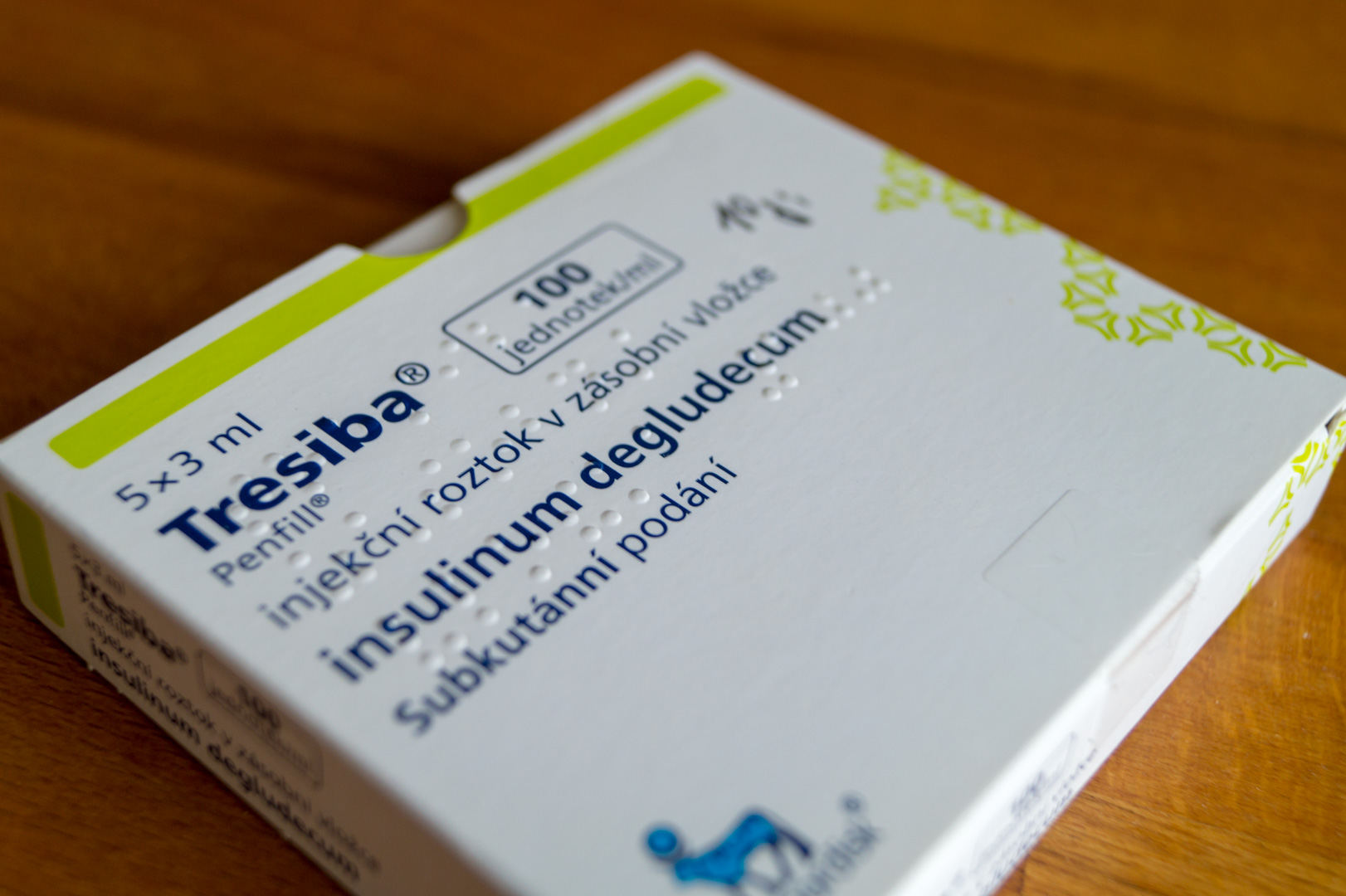How to do a basal test

Your insulin requirements change due to many things, so from time to time, it’s important to do a basal test to check that your long-acting insulin is set right. In my case, my insulin needs have changed a few times. First, when I exited the honeymoon, then when I started exercising, and when I stopped. Exercise is a neat way to increase your insulin sensitivity as muscles take up more glucose. Even a short walk after dinner can do wonders.
If your basal insulin dose is off, staying on top of your diabetes becomes difficult. Blood sugars will rise between meals or overnight for no other reason. The way to do a basal test is to fast for a specific part of the day to see what the basal insulin is doing when there’s no active fast- or short-acting insulin. Fast-acting insulin like NovoRapid is active for up to five hours after a meal and after that, it’s up to your basal insulin to keep your blood sugar stable.
You need to perform a few basal tests to get reliable results, so skipping lunch one day and dinner the next would work. I normally fast for at least eight hours. You can also check that your basal rate is correct by fasting overnight. In theory, you should wake up with the same blood sugar as you went to bed with.
I’ve seen people recommend doing a basal test by having a carb-free meal. That doesn’t work when the liver converts protein to glucose in the absence of carbs. The rise is slower than a typical carb-spike, but an hour or two after eating, you’ll see blood sugar levels climb from the glucose released from the protein. In other words, you need to fast for your basal test to be valid.